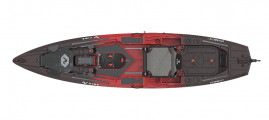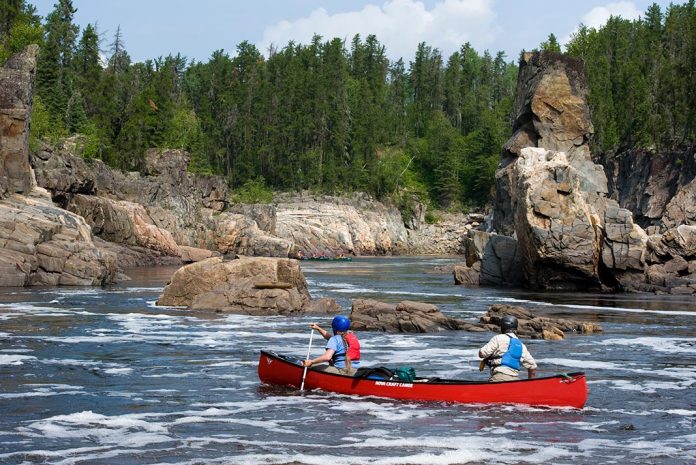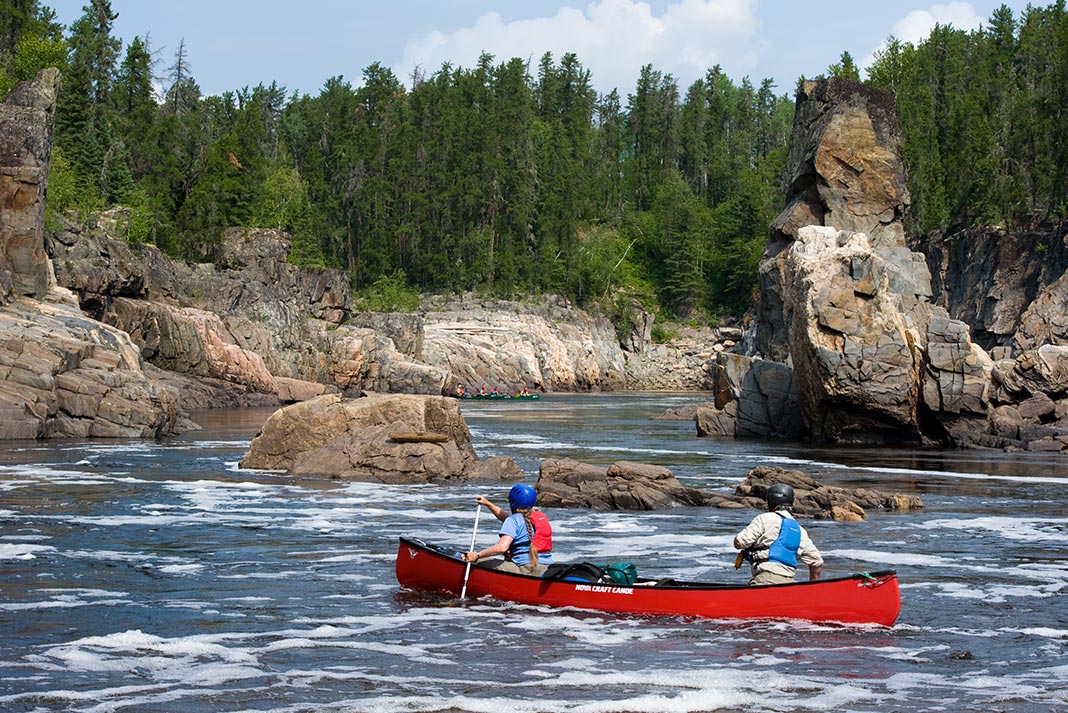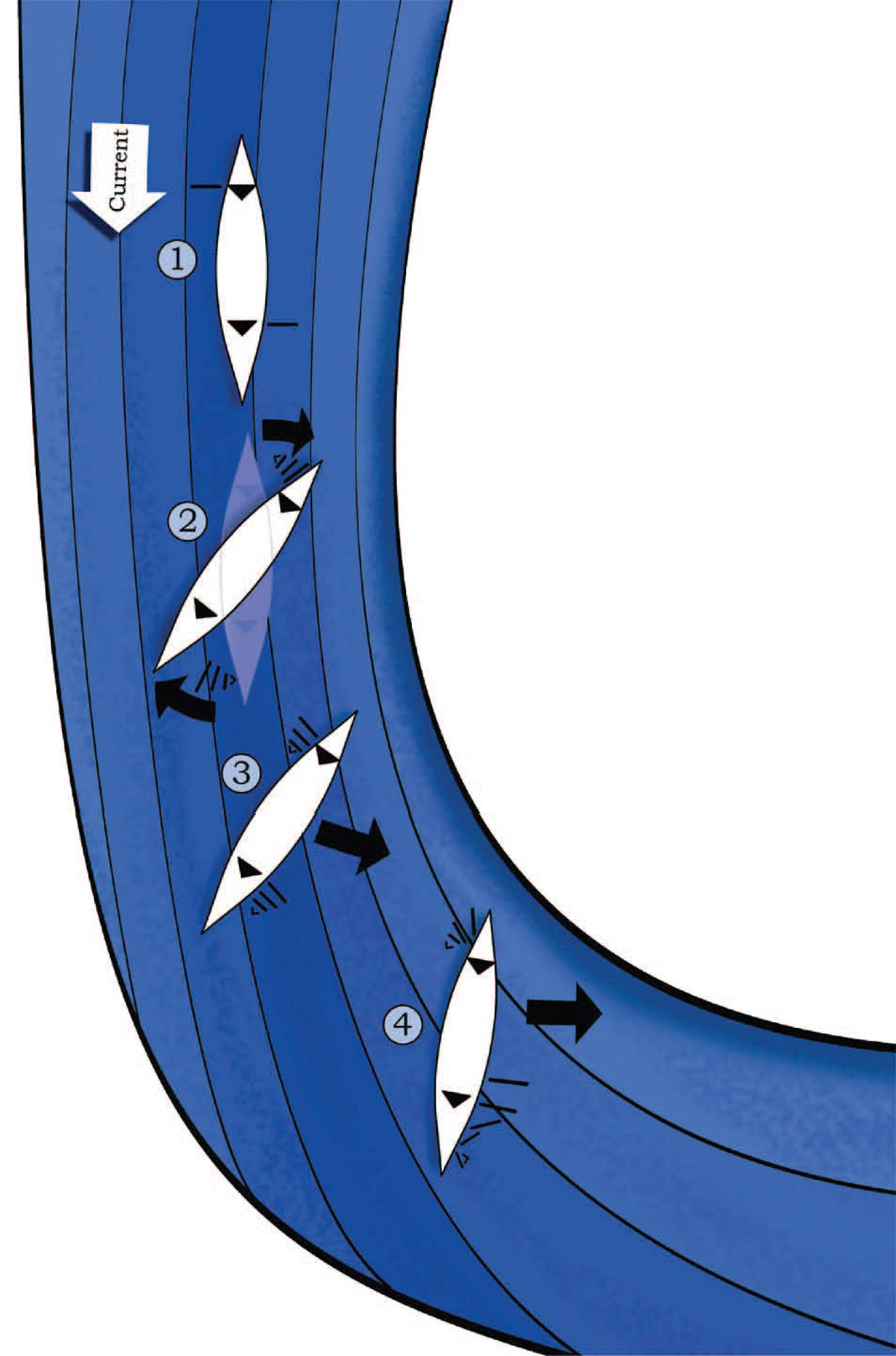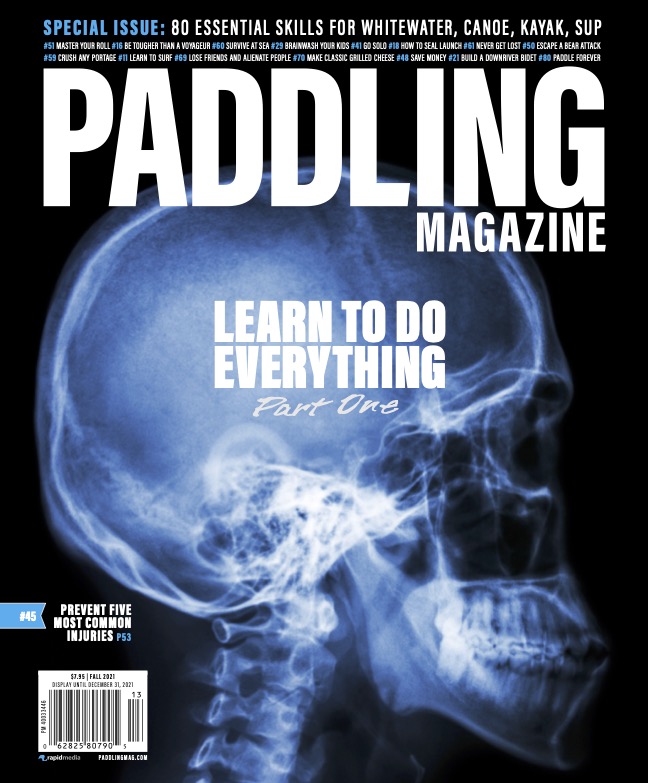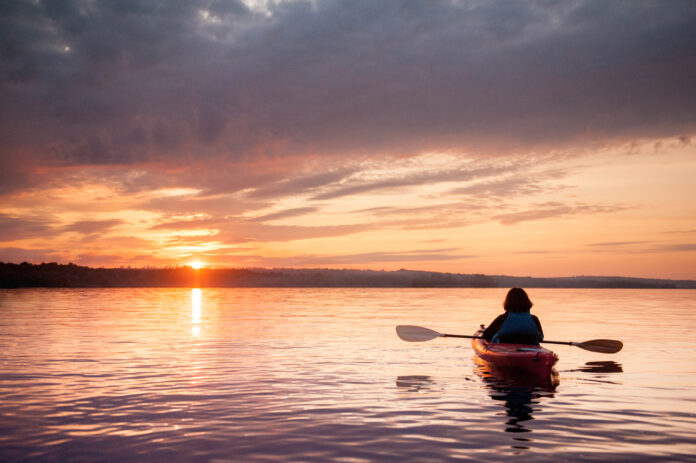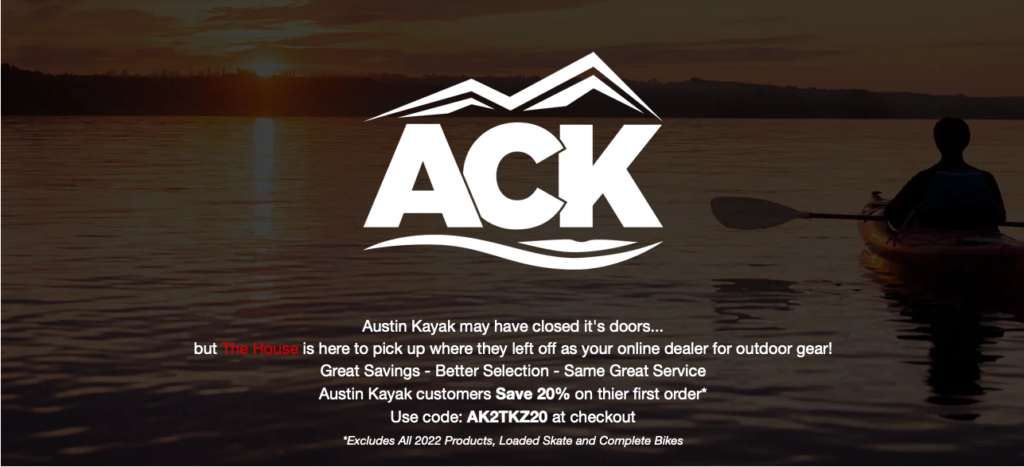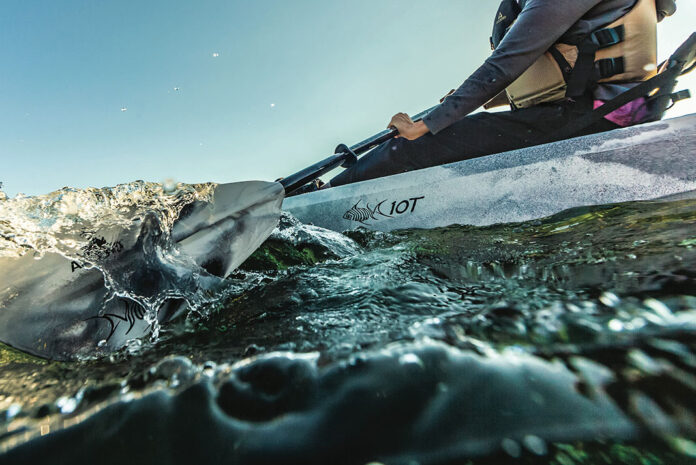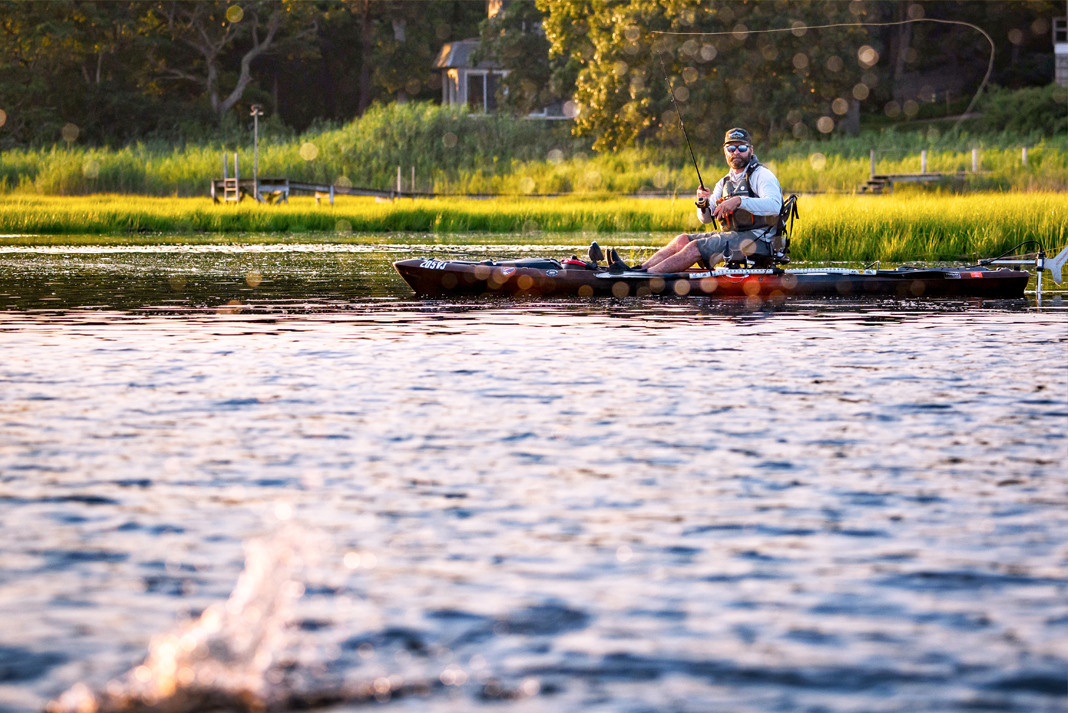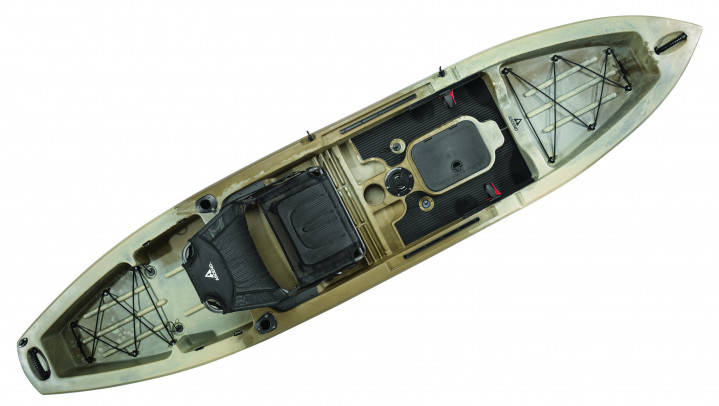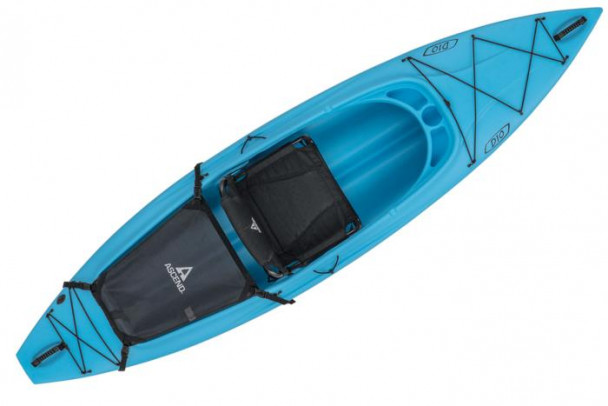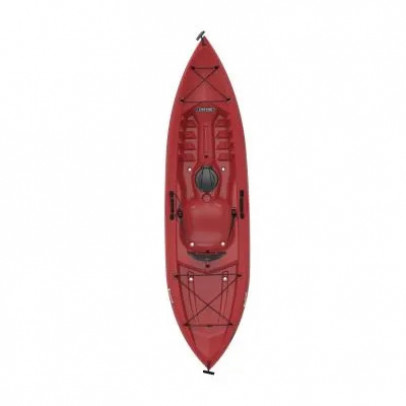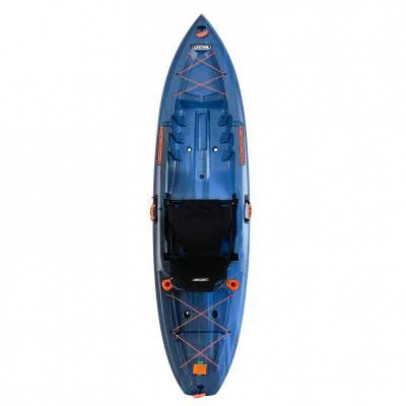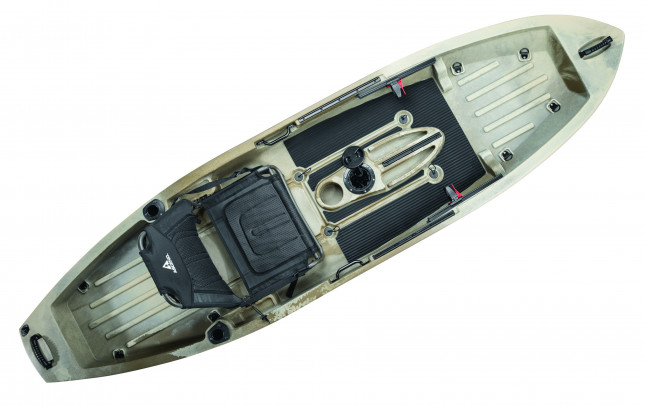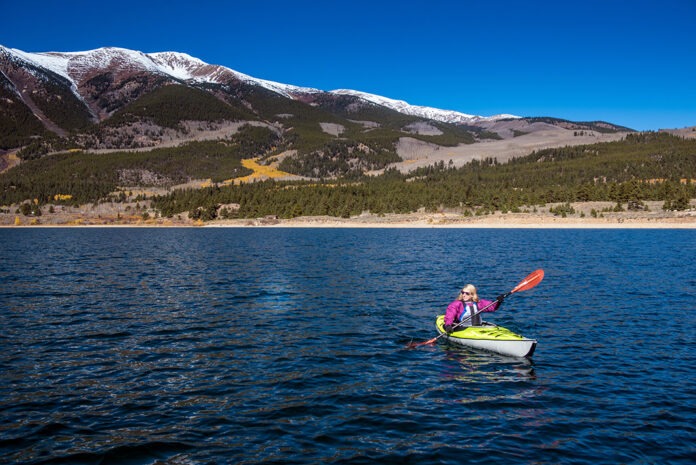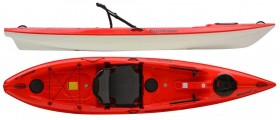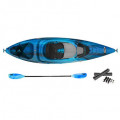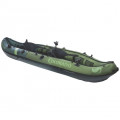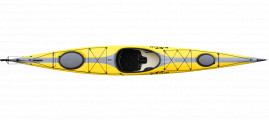It’s hard to find a comparison to the sense of traveling a river, and the best way to experience these unique waterways may be from the seat of a river kayak. Water gathering from melting snows, springs and small streams converges into larger creeks and rivers, bisecting vast cross-sections of our continents to eventually join the oceans. Rivers are full of interesting geology and wildlife, as well as exciting features for experienced whitewater paddlers and, of course, beautiful swimming holes.
Whether you are out for an afternoon float on a hot summer day, or challenging difficult whitewater, traveling the moving water of our rivers brings with it a state of being present and enjoying the natural world with friends. River kayaking is an accessible outdoor activity for almost anyone in North America. Finding the best kayak for river trips starts with defining what type of river paddling you want to do.
River kayaks are nearly as diverse as rivers themselves, with a wide range of styles to suit different uses. These kayaks range from beginner-friendly recreational kayaks meant for cruising gentle water trails, to advanced whitewater boats that allow expert paddlers to navigate raging rapids.
Most river kayaks are made from durable, impact-resistant plastics. Another popular option are inflatable river kayaks that pack down into a duffel for easy storage and transportation. You can also choose from sit-on-top styles—where the paddler is seated in an external cockpit molded into the deck of the kayak—or sit-inside styles where the paddler slides into an enclosed cockpit inside the kayak.
Despite the wide variety of styles available, all river kayaks share a few key traits. Chiefly, river kayaks tend to be shorter than general touring kayaks, with more maneuverable hull shapes for navigating twisty, turning rivers. Many river kayaks are also designed to “edge” well, meaning they can be tilted from side to side without losing stability.
This guide will help you find the best river kayak for where and how you paddle. Whether you’re looking for the best kayak for river touring, the ultimate river fishing kayak, or a kayak for charging whitewater, we’ll share advice on the different types of river kayaks available, and what to look for when buying new or used.
Top picks: Best river kayaks for 2024
The following river kayaks have received the highest star ratings by reviewers in our Paddling Buyer’s Guide. See and review all river kayaks here.
Best River Kayaks
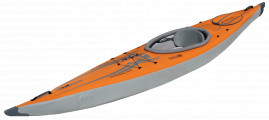
AirFusion EVO

AdvancedFrame Expedition Elite Kayak with Pump
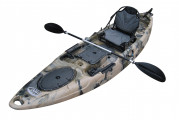
BKC RA220 Sit On Top Angler Kayak

Mirage Outback
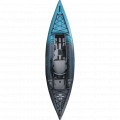
Chelan 120

Blue Sky Boatworks Angler 360º
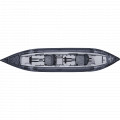
Blackfoot Angler 160

Phantom
Shop river kayaks
Looking for a resource to gather river kayaks by type or brand to help streamline your decision on finding the right river kayak? Our comprehensive Paddling Buyer’s Guide includes every river kayak on the market, with reviews, prices, specifications and where to buy.
Use the links below to filter river kayaks by application or popular brands and retailers. When you’re ready to start shopping, this will speed up your search to find the best kayak for river trips next summer, or the perfect boat to learn whitewater skills.
Shop by type
Shop by brand
Shop by store
Shopping for a used river kayak?
The tremendous variety and popularity of river kayaks means you should have plenty of selection if you are on the lookout for a used kayak. Just keep in mind that if you are buying a used kayak through Craigslist, Kijiji or Facebook Marketplace, you’ll want to do your research and give the kayak a thorough inspection before committing to a purchase.
Understand the different types of river kayaks
River kayak is a vague term. For some, this means a recreational kayak they can take on a slow-moving river for a gentle afternoon float. For others, a river kayak is a specialized kayak for tackling more advanced whitewater. Used classifieds may generically list a kayak as a river kayak, but it’s up to you as the buyer to identify where the kayak fits on this river experience spectrum.
Asking the seller where and how they used the kayak can also help. If a kayak brand or model is unfamiliar to you, look it up in our Paddling Buyer’s Guide before traveling to view a used kayak.
Inspect the kayak for damage
Rivers are often shallow and rocky, and river kayaks can take a beating. A used river kayak will likely have plenty of surface level scratches. Don’t sweat the small stuff; this is normal, and the price should reflect normal used wear.
Instead, look for deep gouges or cracks on the hull (bottom) or around bolt holes and other outfitting attachments. This sort of damage can compromise the strength of the kayak or indicate a potential leak.
Watch for warping
Warping and wavy looking deformities on the hull are known as oil canning, which can occur over time with rotomolded plastic kayaks. These speed-sapping dents typically form under the seat and can be the result of UV damage (plastic breaking down from prolonged exposure to sunlight, common in older kayaks stored outside) or if the kayak is stored laying flat on the hull. Oil canning isn’t a deal breaker, but the price should be much lower for a kayak with this type of wear.
Take it for a test paddle
The only way to know for sure if a used river kayak will be a good fit for you in terms of performance, fit and comfort is to take it for a spin. If possible, you should always demo a kayak before purchasing. Ask the seller to meet at a location where you can get on the water—and remember to bring a paddle and PFD (unless these are included in the sale).
For more tips on what to look for when selecting a used kayak, read our article How To Buy A Used Kayak.
River kayak buying guide
When searching for the best river kayak, first decide where and how you plan to use it. Referring to a boat as a river kayak casts a wide net. Let’s hone your search by deciding whether you are looking to float down the local river with a few easy swifts here and there, or taking on more complex whitewater with large waves, rocks and other hazards.
Kayak type
In other words, are you looking for a beginner-friendly recreational kayak appropriate for river trips, or a whitewater-specific kayak capable of navigating difficult rapids?
Recreational river kayaks
At the recreational end of the river kayak spectrum, paddlers can choose from either sit-on-top or sit-inside style kayaks. A sit-on-top style is easier to enter and exit, but offers less protection from splashing waves, harsh sun or cold environments than a sit-inside style. The open deck and easy on/off of a sit-on-top makes this the preferred style for a river fishing kayak.
Recreational kayaks suited for river paddling will be 12 feet or shorter in length, since this size offers more maneuverability on meandering waterways. Recreational river kayaks are wider and more stable on calm, slow-moving waters than dedicated whitewater kayaks. They may also have a keel, which aids with tracking, or the tendency of a kayak to travel in a straight line. For this reason, recreational river kayaks are generally more efficient to paddle on calm rivers than whitewater-specific designs.
For mellow rivers, the best kayak for river touring is a sit-inside recreational kayak with hatches to access storage space within the hull. This allows paddlers to carry gear for longer day trips or even overnight river camping adventures, similar to a touring kayak. Look for a recreational kayak with bulkheads (interior walls within the hull) in the bow and/or stern. These create watertight compartments, ensuring dry storage and, most importantly, flotation should the kayak overturn or swamp in deep water.
A recreational kayak without bulkheads should only be used on calm waters, within easy swimming distance of shore, or used with inflatable airbags inserted into the bow and/or stern to ensure adequate flotation.
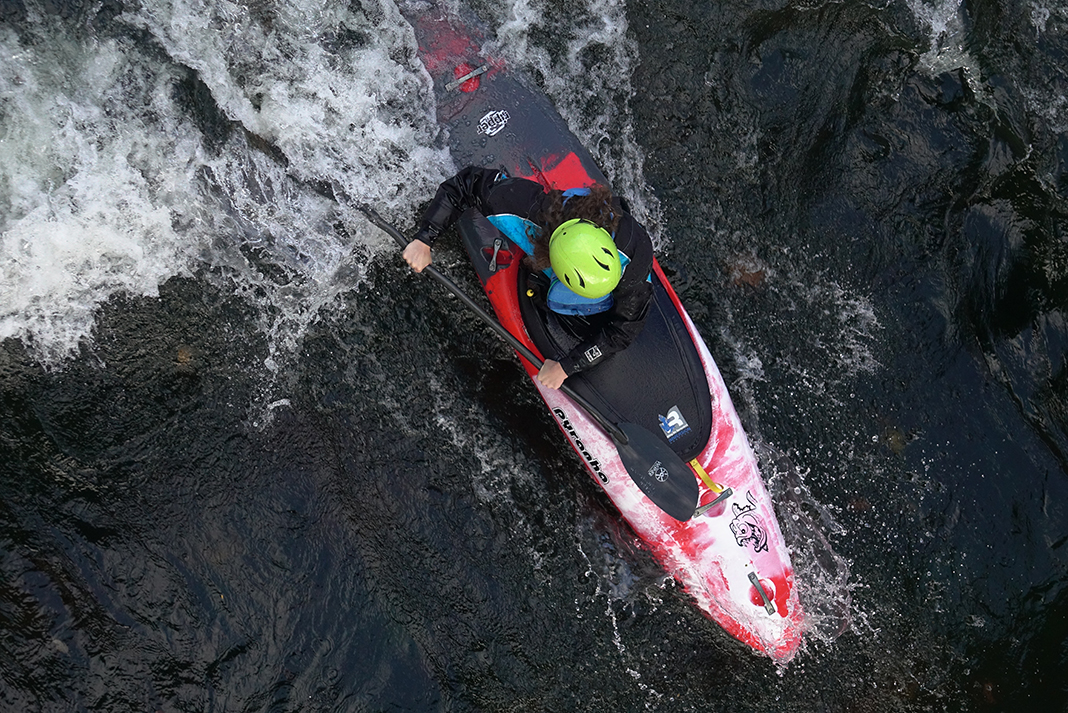
Whitewater river kayaks
River kayaks at the whitewater-specific end of the spectrum are typically less than 10 feet long, with the shortest models designed for surfing and performing aerial maneuvers on river waves, and longer models better suited to downriver paddling on moderate to difficult whitewater. As well as being narrower and less stable on calm water than recreational river kayaks, whitewater kayaks lack any sort of keel, making them highly maneuverable but difficult to paddle in a straight line.
They also generally have more rocker than any other type of kayak. Rocker describes the amount the hull curves up at the ends of the kayak; more rocker equates to faster turns and helps the kayak slide up and over waves, rocks and other river features for a drier ride.
Whitewater river kayaks are almost always sit-inside kayaks worn with a sprayskirt, which creates a seal between the paddler and the cockpit rim to keep water from entering the kayak. Sit-on-top kayaks designed for whitewater usually have additional thigh straps that the paddler can lock their legs under for better control in dynamic waters.
Crossover river kayaks
If you’re struggling to decide between the storage and touring efficiency of a recreational river kayak, and the whitewater capability of a dedicated whitewater kayak, popular brands like Dagger, Liquidlogic and Pyranha offer “crossover” river kayaks that could be a great fit. These crossover kayaks have stretched-out whitewater hulls and drop-down skegs for efficient speed and tracking downriver, along with hatches and bulkheads for dry storage.
Outfitting
Outfitting—which describes the seat, back support, foot rests and thigh support—in whitewater and crossover river kayaks is focused on an athletic fit for enhanced boat control and performance. By contrast, the outfitting in recreational river kayaks tends to focus on armchair comfort and leisure.
Materials
The most common materials for both recreational and whitewater river kayaks are rotomolded polyethylene plastic and inflatable construction. Polyethylene is durable, impact-resistant and maintenance-free—perfect for everyday use and abuse on the river.
Inflatable river kayaks are made with tough, abrasion-resistant materials like PVC; these portable kayaks are a good choice for those with limited storage space or who want to access out-of-the-way rivers. Inflatable river kayaks range from entry-level models suitable for gentle swifts and current, to rugged self-bailing models capable of handling the most advanced whitewater.
River kayaking, like any other water environment, is a spectrum. If you think you might be after a dedicated whitewater kayak, then check out our article Best Whitewater Kayaks to learn more about this realm of the sport.
Here are some of the most common questions paddlers have about river kayaks.
-
What is a river kayak?
River kayaks are shorter and more maneuverable than kayaks intended for lakes and coastal waterways. River kayaks also generally have good secondary stability, which is how stable the kayak feels when tilted to one side in the water.
These attributes allow the kayak to successfully navigate the currents and twisty meanders of rivers. A river kayak may be a recreational kayak intended for use on gentle, slow-moving waters, or a whitewater kayak designed to paddle moderate to difficult rapids.
-
Sea kayak vs river kayak
Sea kayaks have some key differences when compared to river kayaks. Sea kayaks, which may also be listed as touring kayaks, have a narrower and longer hull, between 14 and 17 feet long. The length of a sea kayak, combined with its sleek, narrow ends and pronounced keel, enhances its glide and ability to track (travel straight), but makes it less quick to turn.
A sea kayak or touring kayak sacrifices maneuverability for hull speed on open waterways. River kayaks tend to be under 12 feet long, with wider blunt ends. They also will have no keel, or a low profile keel. River kayaks favor maneuverability over glide. Hull speed is less important for a river kayak compared to the ability to turn quickly.
-
Ocean kayak vs river kayak
Kayaks intended for the ocean have some key differences when compared to river kayaks. Ocean kayaks, which may also refer to touring kayaks, tend to have an elongated hull between 14 and 17 feet long. The length of an ocean kayak, combined with its sleek, narrow ends and pronounced keel, makes it track well (travel in straight lines) over long distances.
An ocean kayak or touring kayak sacrifices maneuverability for hull speed on open waterways. River kayaks tend to be under 12 feet long, with wider blunt ends. They also will have no keel, or a low profile keel. River kayaks favor maneuverability over glide. Hull speed is less important for a river kayak compared to the ability to turn quickly.
-
River kayak vs lake kayak
Recreational kayaks between 10 and 12 feet long can cross over for use on both smaller lakes and slow-moving rivers. A dedicated lake kayak tracks relatively well so you can travel in a straight line with fewer correction strokes. Recreational lake kayaks also have good “initial” stability, meaning they feel stable on flatwater, without the sensation of the kayak wanting to roll to one side or the other.
In comparison, a dedicated river kayak favors quick turning and maneuverability over glide and tracking. A river kayak also privileges “secondary” stability over initial stability. This means the river kayak resists capsize when tilting from edge to edge in more dynamic waters.
-
Can you use a sit-on-top kayak on a river?
Many recreational sit-on-top kayaks that are 12 feet or less in length can be used on slow-moving rivers with small rapids (up to class II). For more challenging whitewater rivers, there are a few specialized whitewater sit-on-top kayaks, such as the Dagger Torrent or Fluid Do It Now, that are suitable. Sit-on-top inflatable kayaks rated for whitewater use are also popular for rivers.
-
Can you use a river kayak in the ocean?
River kayaks generally do not perform well for touring in ocean environments. A river kayak is designed for maneuverability, meaning it will be slower and more difficult to paddle in a straight line. One area where river kayaks rated for whitewater can excel in the ocean is playing in the surf zone. Both sit-on-top and sit-inside whitewater kayaks can be used by experienced paddlers for ocean surfing.
-
What are river kayaks called?
River kayaks may be called various names depending on the type of river where they can be used. A recreational kayak may also be referred to as a river kayak if it is suitable for slow-moving rivers with mild rapids (up to class I-II). For running intermediate and more challenging rapids (class II-III and beyond), the appropriate river kayak is called a whitewater kayak.
-
What kind of kayak is best for river?
For slow moving rivers or those with mild moving water, a recreational kayak may be appropriate. Look for a sit-on-top or sit-inside recreational kayak under 12 feet long.
For faster moving rivers with moderate rapids, a whitewater kayak is more suitable. Whitewater kayaks are shorter (under 10 feet long) and come in different shapes depending on how you intend to use them. -
River kayak length
The length of a river kayak can be anywhere from 6 feet long to around 12 feet long, depending on the intended use of the kayak. River kayaks used specifically for whitewater rapids will commonly be under 10 feet long. Look for river kayaks in the 10- to 12-foot range for fishing and recreational paddling on rivers with small or no rapids.
-
What size kayak is good for rivers?
The best size kayak for rivers will likely be a kayak less than 12 feet long. The size of your river kayak will also depend on how and where you plan to use the kayak.
-
How big is a river kayak?
River kayaks are shorter than kayaks intended for lakes and oceans. This makes river kayaks more nimble and maneuverable for paddling the twisting meanders of a winding river. River kayaks suitable for slow-moving rivers or those with small rapids (class I-II) are most often between 10 and 12 feet long. Expect a river kayak designed specifically for running intermediate and advanced whitewater to be even shorter, between 6 and 10 feet long.
-
River kayak brands
There are many river kayak brands available. Some of the most popular river kayak brands include Jackson Kayaks, Pyranha, Dagger, Liquidlogic, AIRE and STAR.
River kayak reviews
Reading a rundown of the river kayaks available on the market is great. But how do individual models perform? What’s the story with the brand? And who sells them? Find the answers to your questions in our expert reviews of a range of river kayaks.
Coming soon



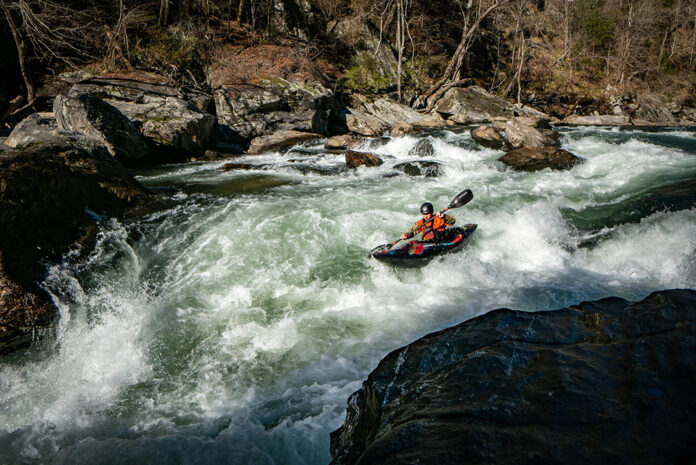


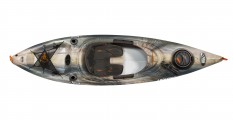
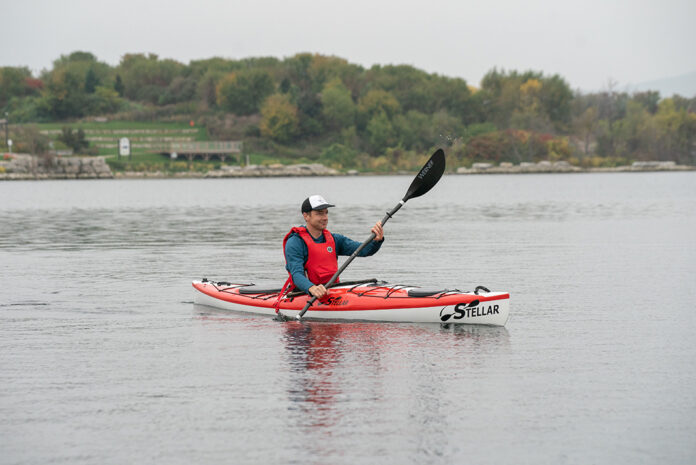
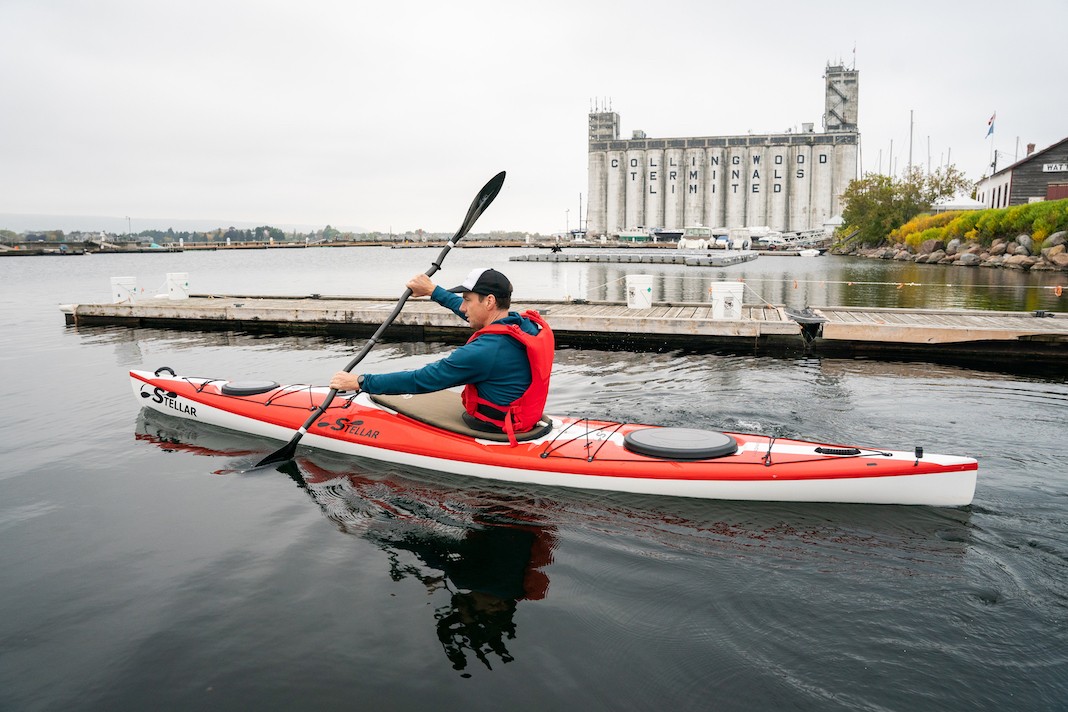
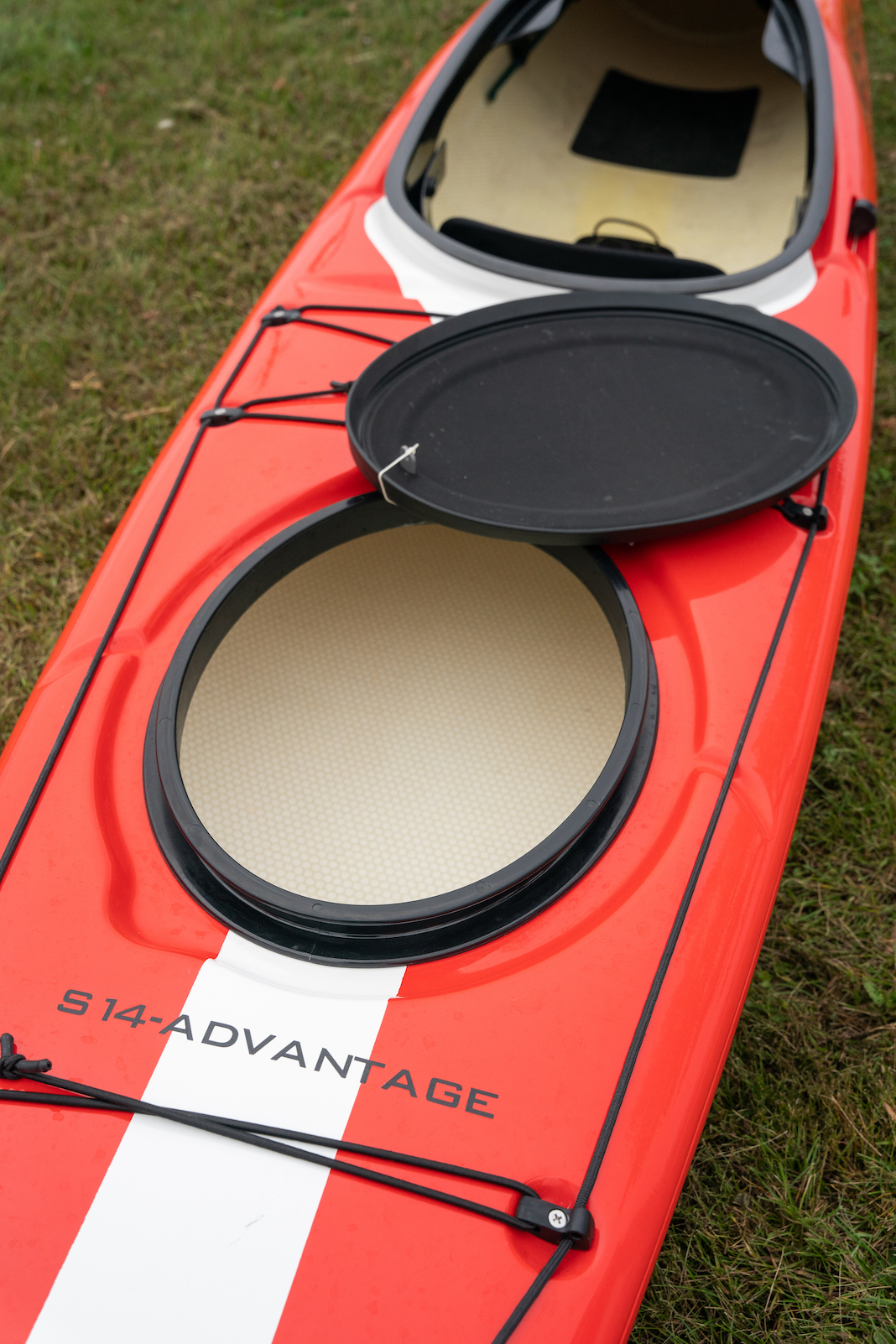
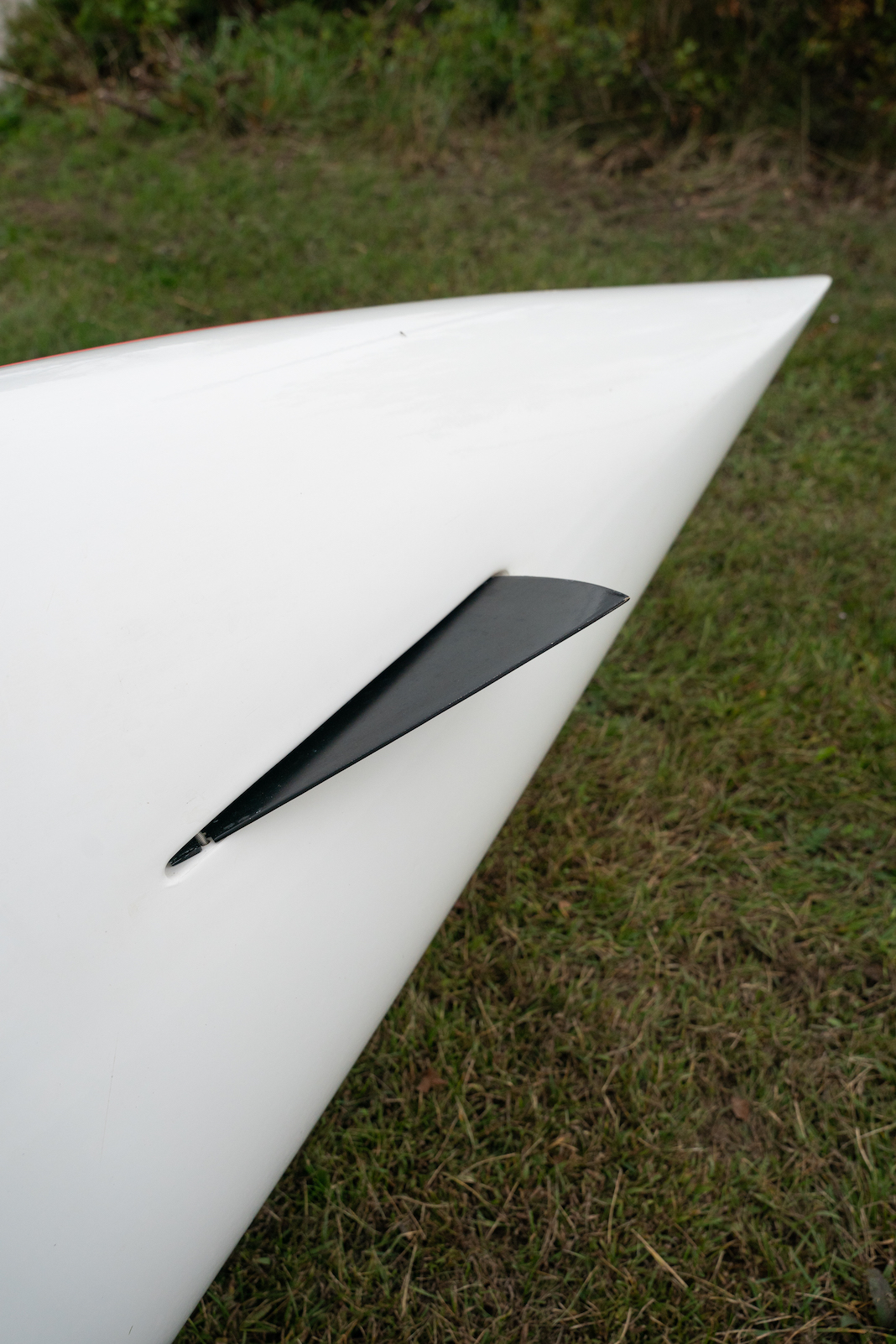
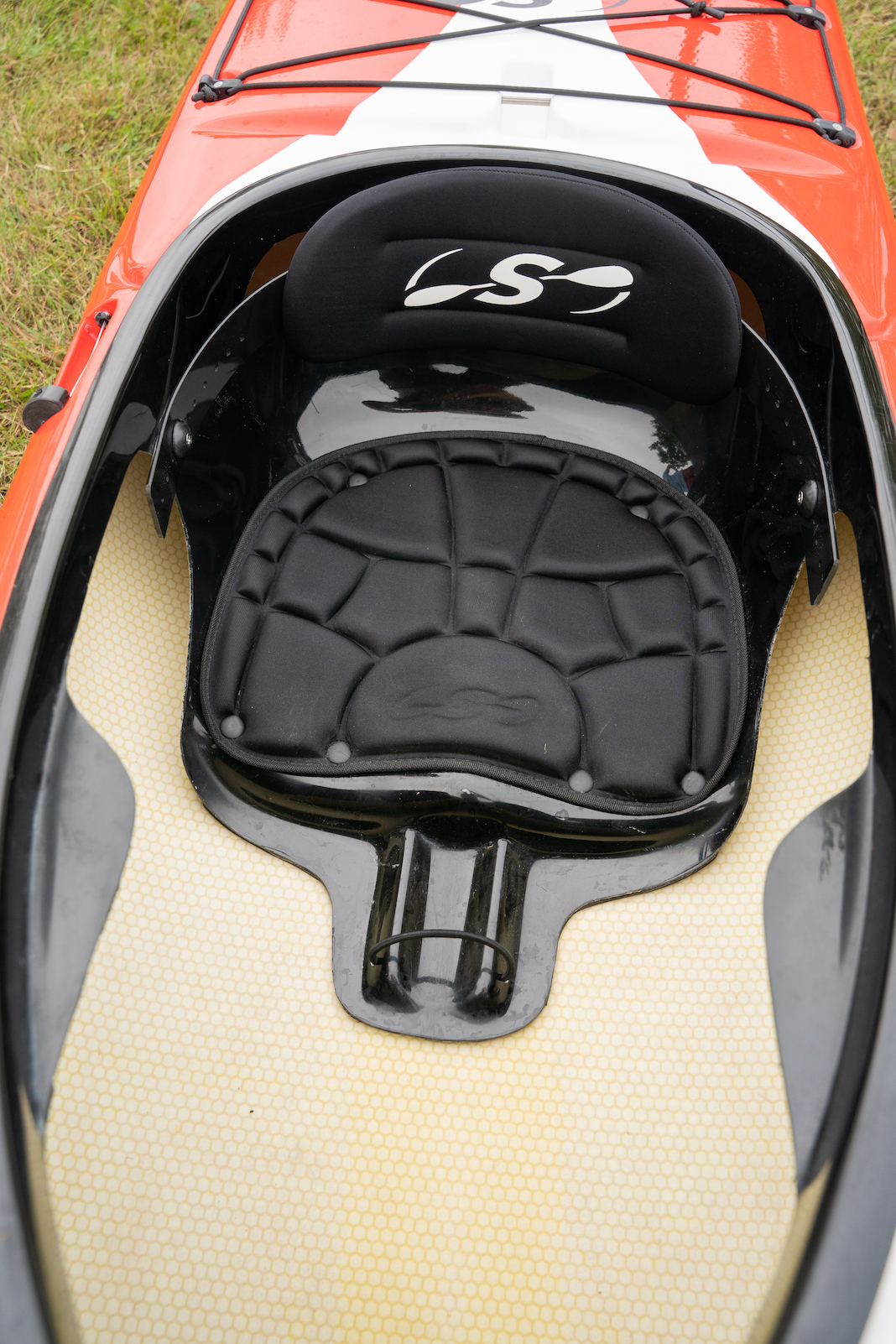
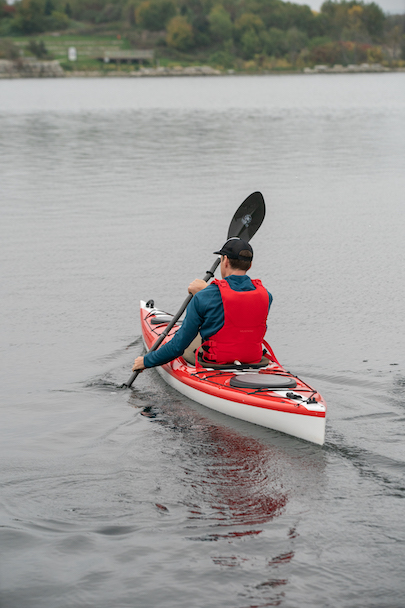

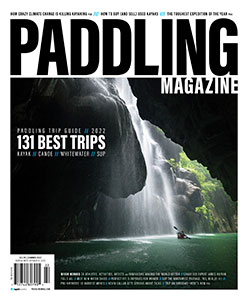
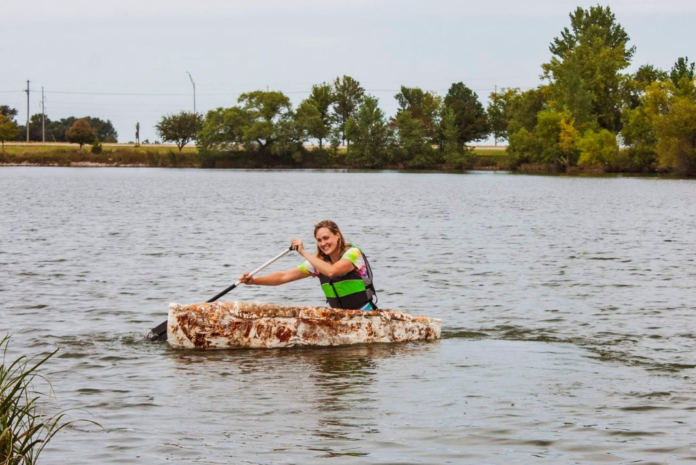
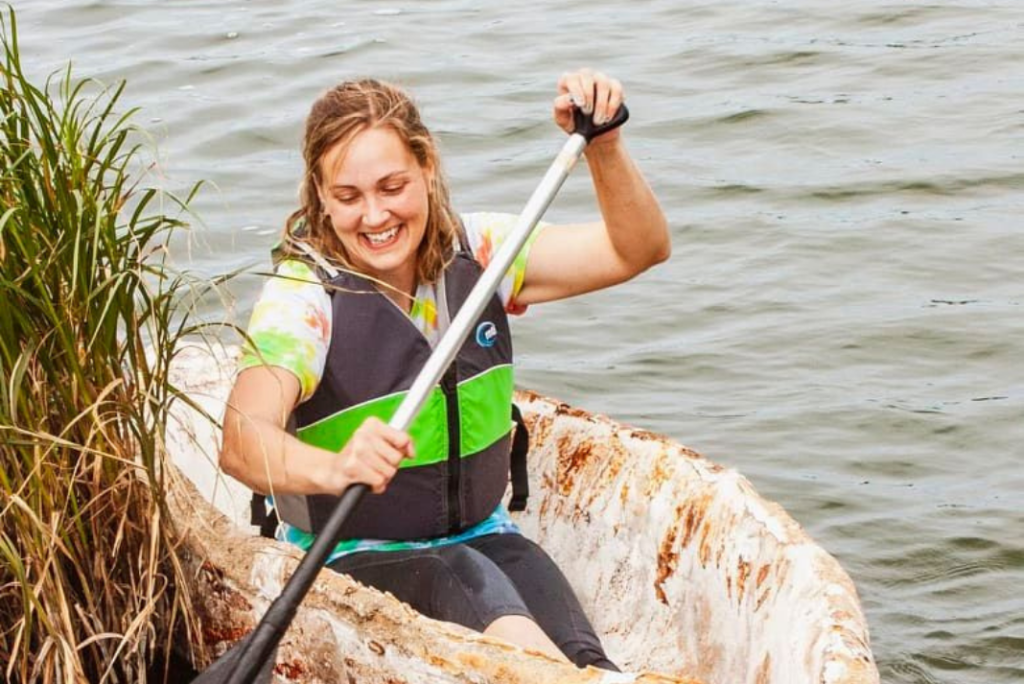
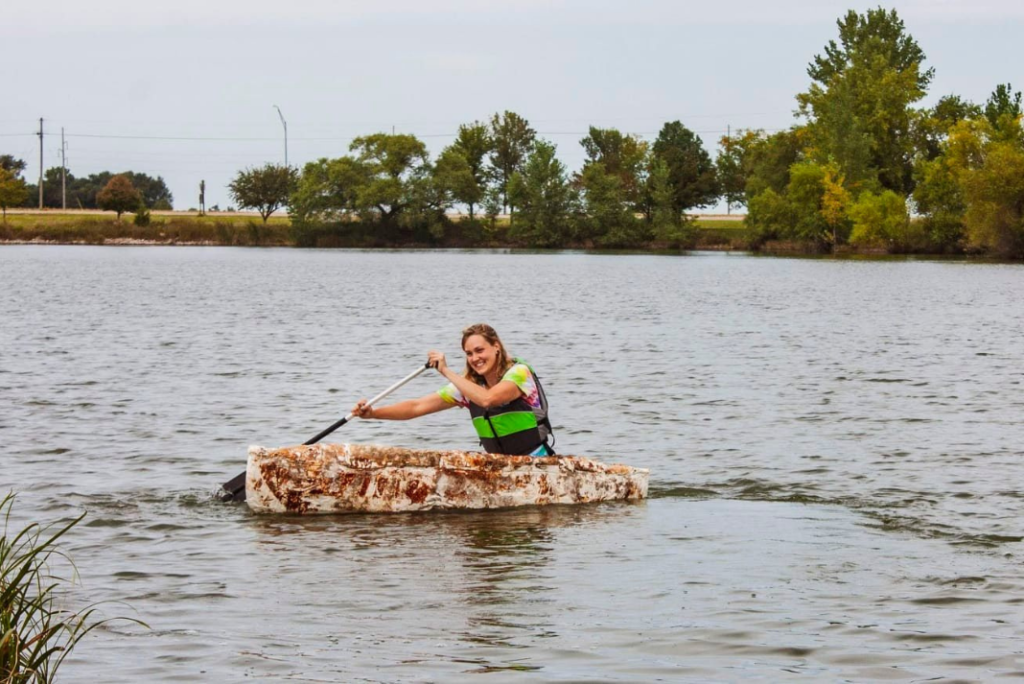
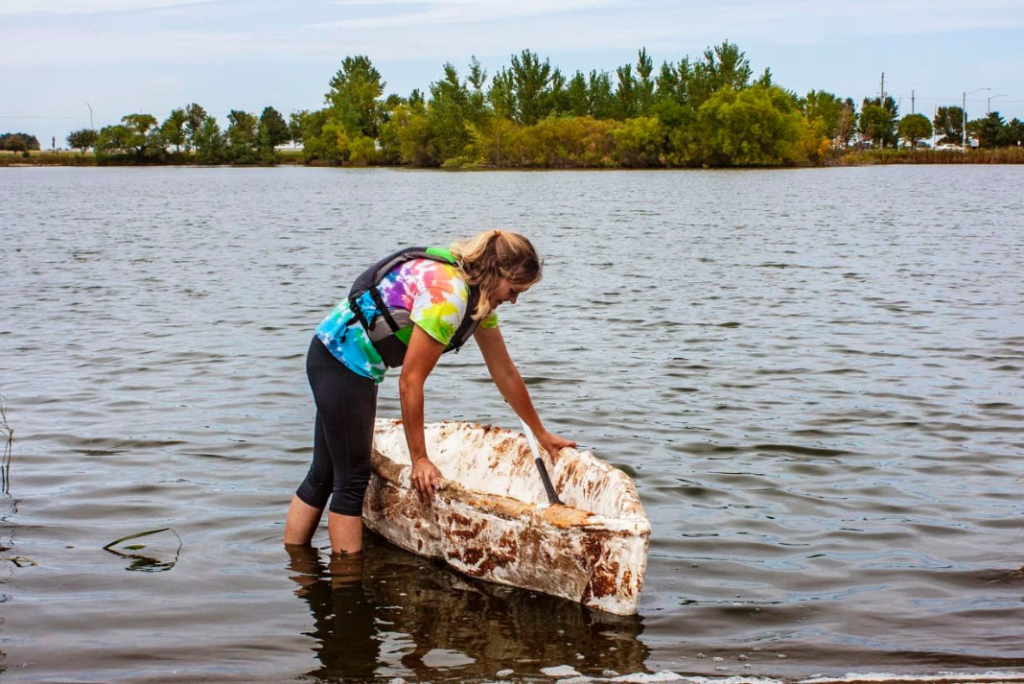
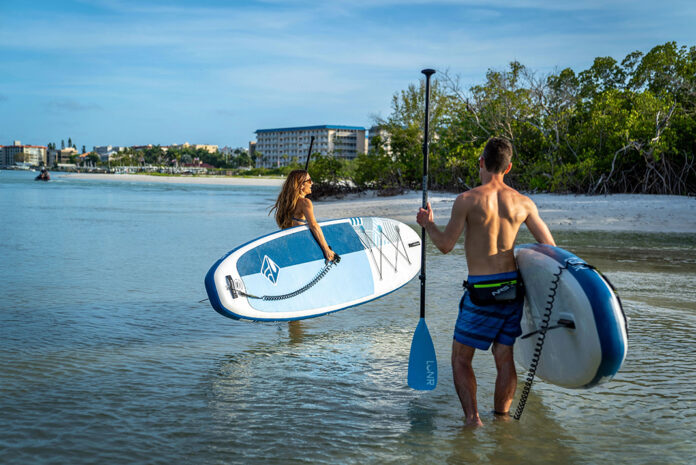

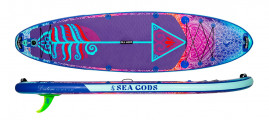


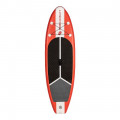
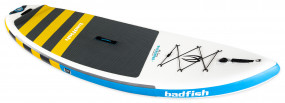
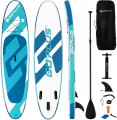
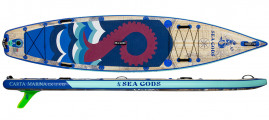
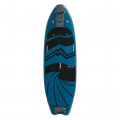
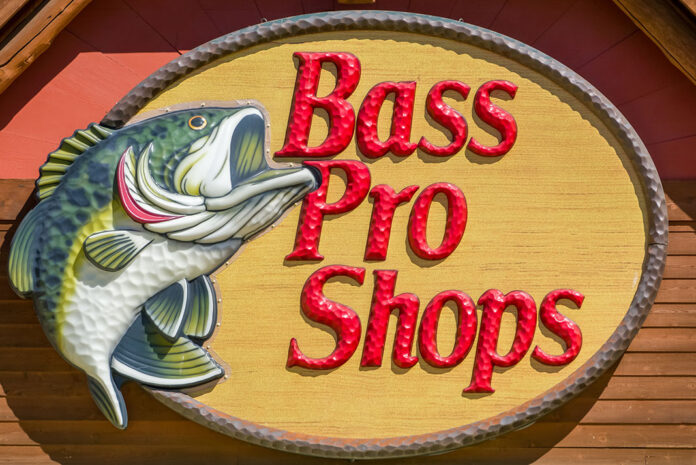
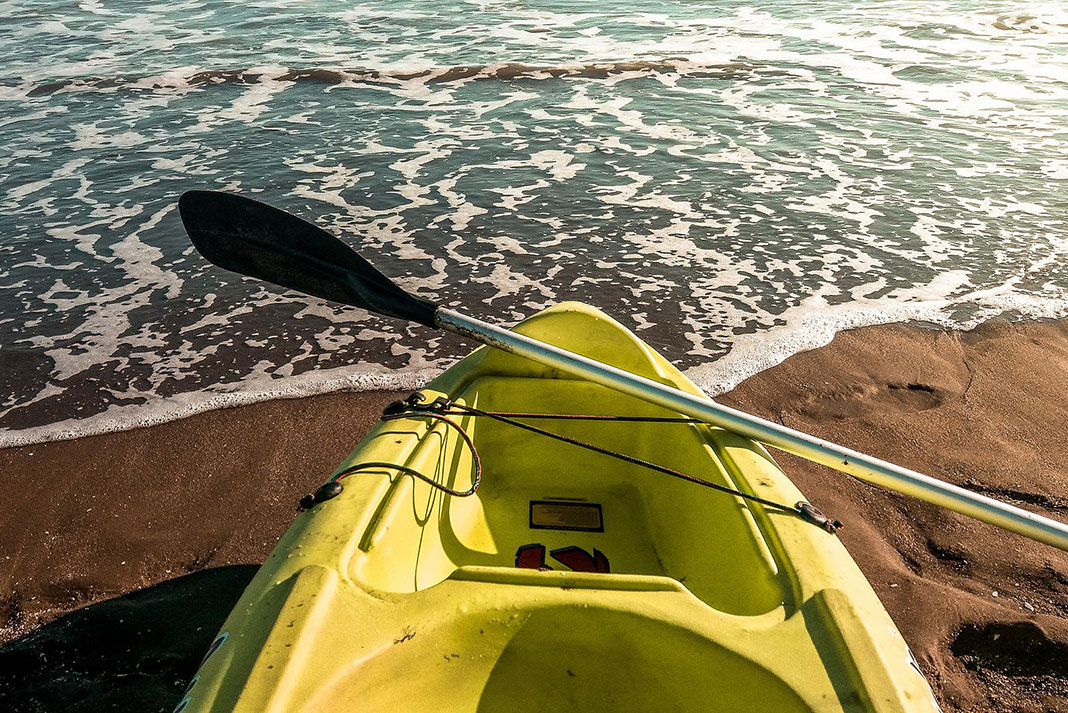

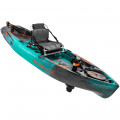
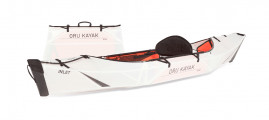


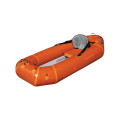
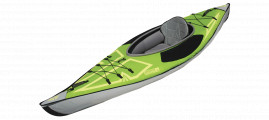

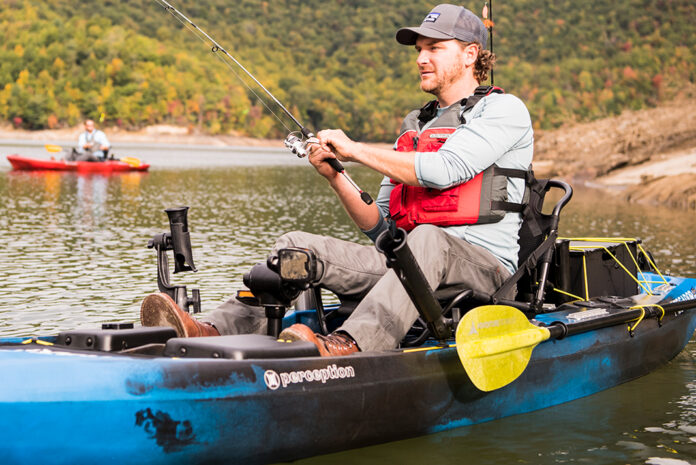
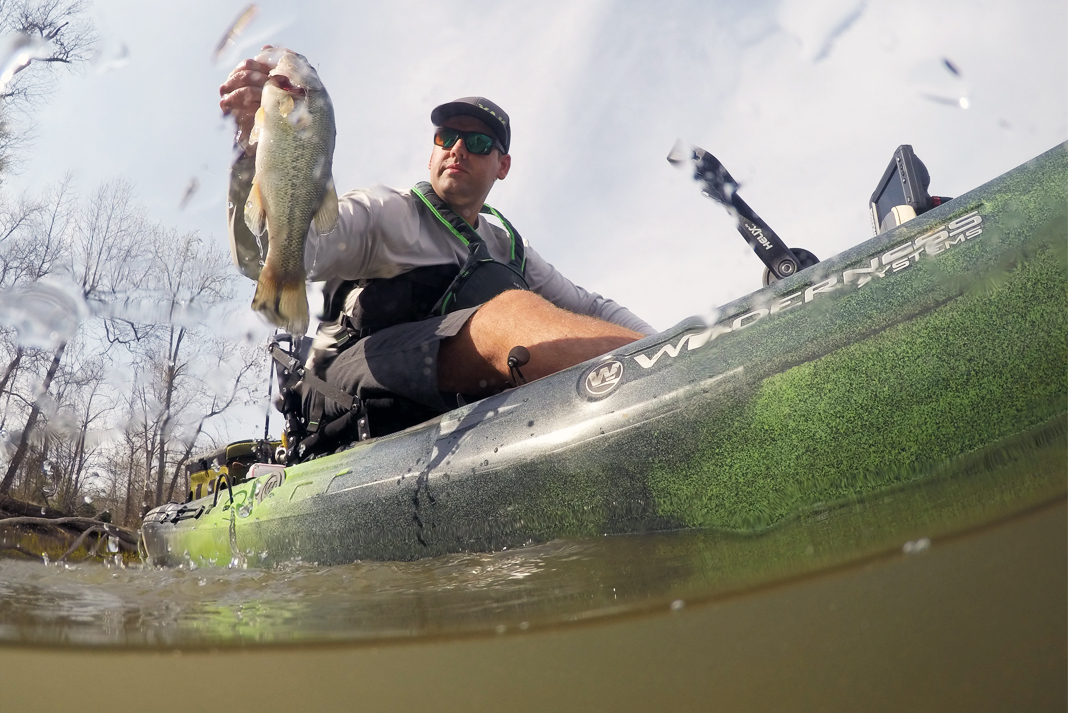
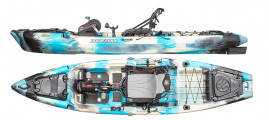


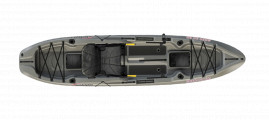
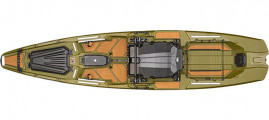
-first_product_boats.jpg)
